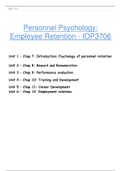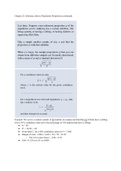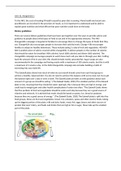Antwoorden
IOP3706 Examination Answers
- Vak
- Instelling
Gathered Exam questions, answered under each study unit. These are the most frequently asked questions. Unit 1 – Chap 7: Introduction: Psychology of personnel retention Unit 2 – Chap 8: Reward and Remuneration Unit 3 – Chap 9: Performance evaluation Unit 4 – Chap 10: Training and De...
[Meer zien]












